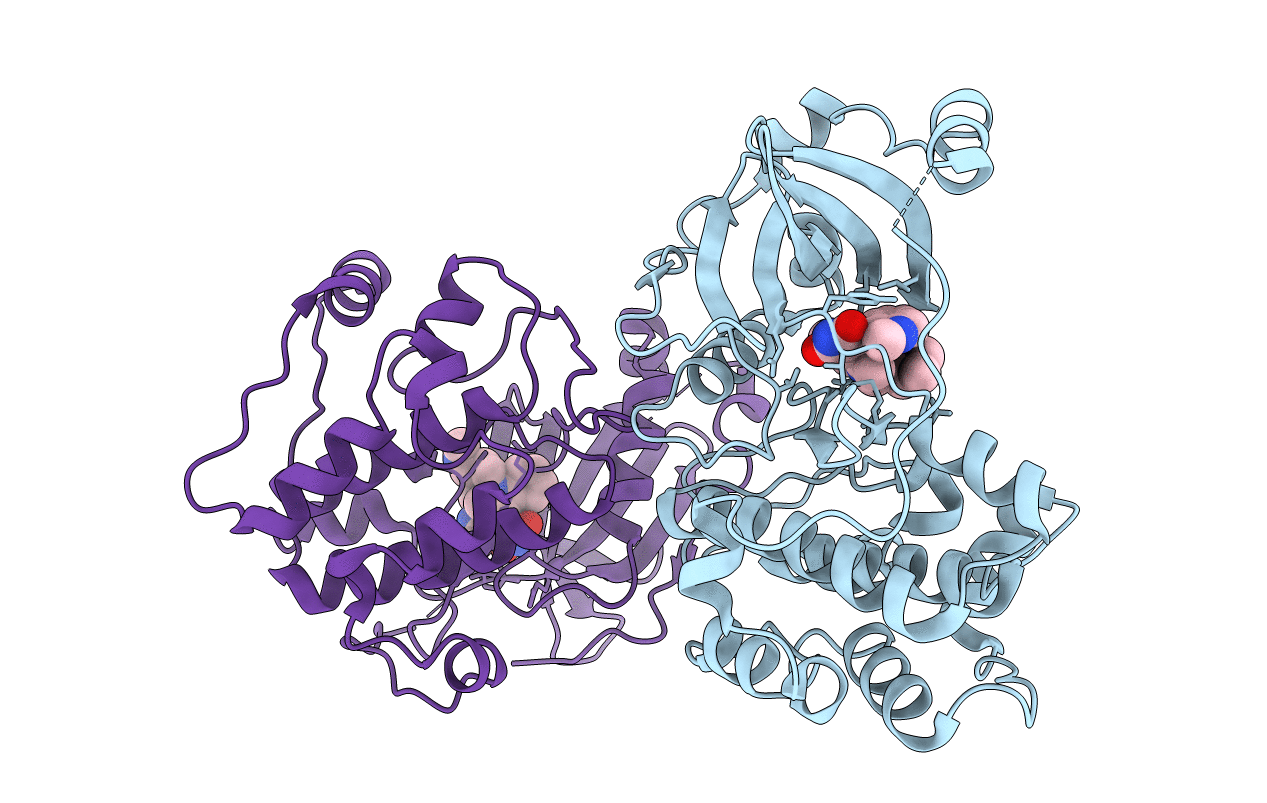
Deposition Date
2006-08-10
Release Date
2006-11-14
Last Version Date
2024-11-20
Entry Detail
PDB ID:
2I0E
Keywords:
Title:
Structure of catalytic domain of human protein kinase C beta II complexed with a bisindolylmaleimide inhibitor
Biological Source:
Source Organism:
Homo sapiens (Taxon ID: 9606)
Host Organism:
Method Details:
Experimental Method:
Resolution:
2.60 Å
R-Value Free:
0.28
R-Value Work:
0.23
R-Value Observed:
0.23
Space Group:
P 21 21 2


